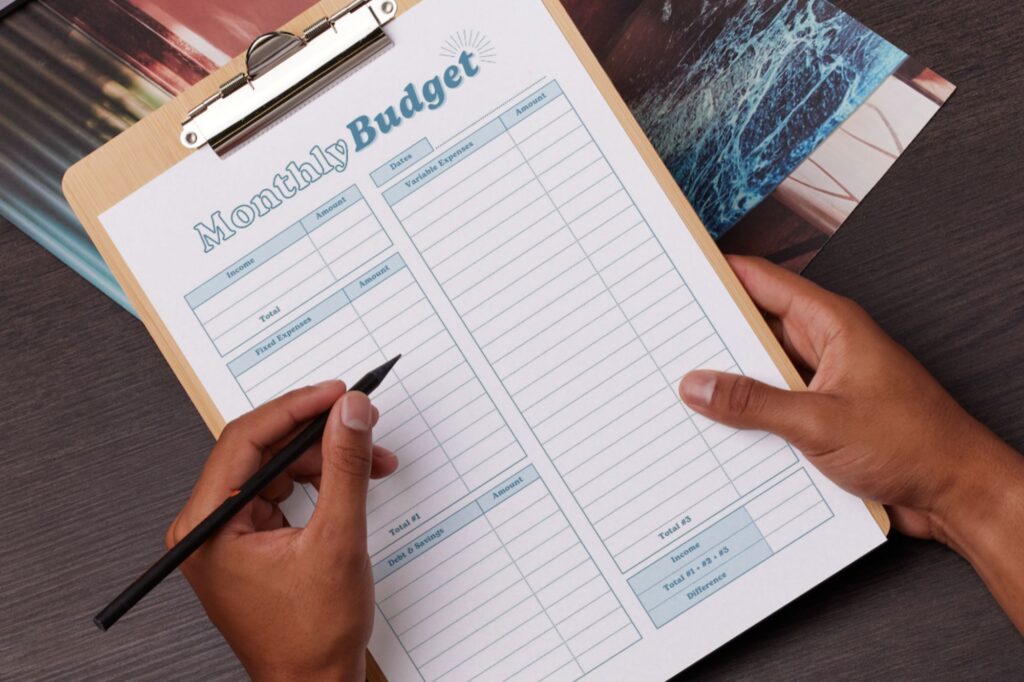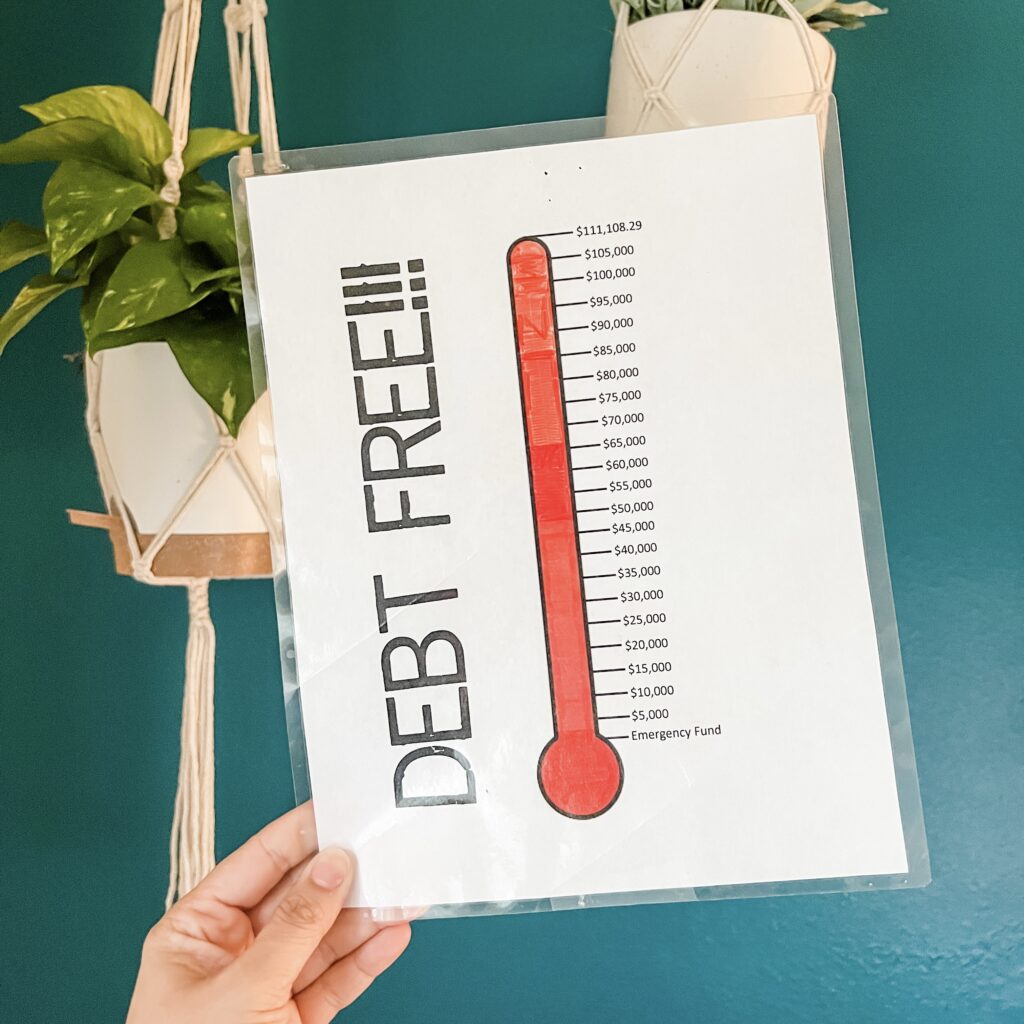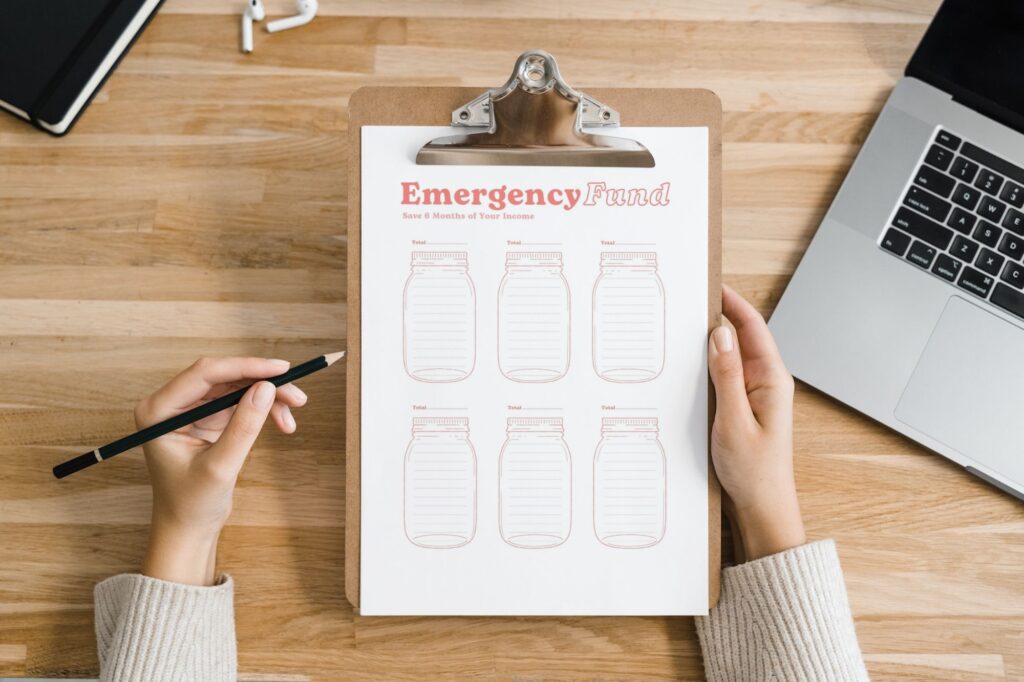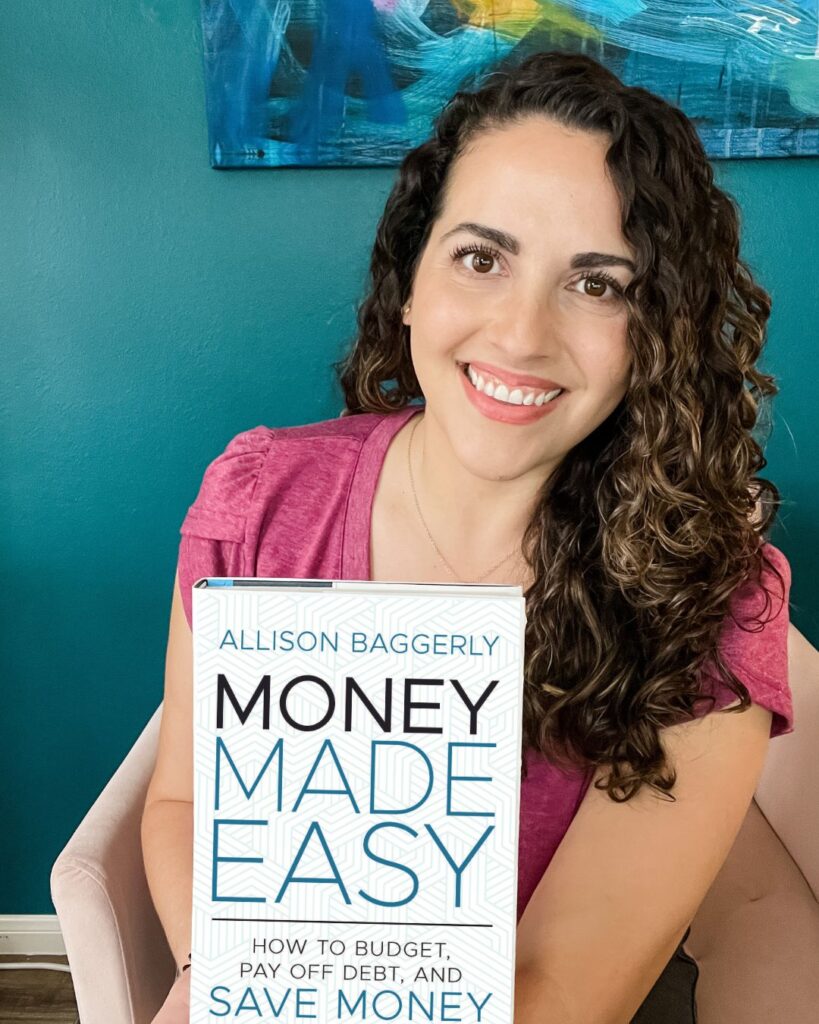In the realm of personal finance, crafting a budget is an essential first step to managing your money effectively.
But what if we told you there’s a way to supercharge your savings and financial discipline? Enter the world of the “Bare Bones Budget.”
This no-nonsense approach involves cutting back to the absolute essentials, providing a temporary lifeline for your finances. In this comprehensive guide, we’ll delve deeper into the concept of a Bare Bones Budget, its benefits, and offer valuable tips to make it work for you.
What is a Bare Bones Budget?
A Bare Bones Budget is your financial survival strategy. It entails budgeting only for the absolute necessities to tide you over until your next payday.
Imagine trimming your budget down to essentials like shelter, food, utilities, insurance, and transportation, while temporarily eliminating non-essential expenses such as dining out, entertainment, and luxury items. It’s about making intentional choices and getting creative with your resources during challenging times.

Why Use a Bare Bones Budget?
There are many reasons why someone would choose to write a budget that only includes absolute necessities.
Emergency Savings
A Bare Bones Budget can be a lifesaver in emergencies when your savings are depleted. It allows you to quickly cut back on non-essentials, helping you rebuild your financial safety net.
In a world where unexpected events can wreak havoc on your finances, having a Bare Bones Budget ready can be your financial armor.
Accelerated Debt Repayment
For those striving to become debt free, this budgeting method can help you break through plateaus. By redirecting funds to pay down debt, you’ll experience a sense of accomplishment as you make visible progress.
Imagine the weight lifting off your shoulders as you see those credit card balances shrink and your financial future getting brighter.

Job Loss
In an unpredictable job market, employment stability is never guaranteed. Job loss can strike at any time, leaving you without a regular income source. This is where a Bare Bones Budget can be a crucial lifeline.
By immediately cutting down to the bare essentials, you can extend your financial runway while you search for a new job or wait for unemployment benefits to kick in. This budgeting approach allows you to stretch your available funds further, reducing the stress associated with sudden unemployme
Getting Ahead When Living Paycheck To Paycheck
If you find yourself trapped in a cycle of living paycheck to paycheck, a Bare Bones Budget can be a strategic move to break free from this financial treadmill. It’s easy to feel stuck when you’re constantly running out of money before the next payday.
By temporarily adopting a this type of budget, you can redirect a portion of your income towards savings and debt repayment. This proactive step can help you accumulate an emergency fund, pay off high-interest debts, and ultimately transition to a more stable financial footing. It’s a short-term sacrifice for long-term financial security.
Creating Your Bare Bones Budget
Step 1: Identify Your Essentials
To create your Bare Bones Budget, start by identifying the essential expenses you cannot live without. These typically include:
- Shelter: Your mortgage or rent payment.
- Utilities: Essential services like electricity, water, and gas.
- Insurance: This includes car insurance, health insurance, and any other essential policies.
- Food: Budget for groceries, but take out any money spent on dining out.
- Transportation: Car payments, gas, and public transportation.
- Childcare: If you have children, this is a non-negotiable expense.
- Debt Payments: Prioritize essential debt payments like mortgages and car loans.
Step 2: Eliminate Non-Essentials
Once you’ve identified your essentials, it’s time to eliminate non-essential expenses. This might include:
- Dining Out: Cook meals at home instead of eating out.
- Entertainment: Cancel subscriptions, opt for free activities, and visit your local library.
- Shopping: Avoid unnecessary purchases and focus on essentials.
- Luxury Items: Postpone buying luxury items until your financial situation improves.

A Sample Bare Bones Budget
Let’s take a closer look at a sample Bare Bones Budget based on one family’s expenses:
- Mortgage/Rent: $1,590.00
- Utilities: $250.00
- Phone: $135.00
- Internet: $68.67
- Security System: $40.19
- Groceries: $400.00
- Gas: $150.00
- Car Insurance: $100.40
- Insurance (life & disability): $120.00
- Childcare: $650.00
- Unexpected Expense: $100.00
- Total: $3,604.26
While this budget might seem daunting, it’s important to remember that a Bare Bones Budget is designed for temporary use. Even if your family has additional expenses like car payments or credit card bills, this strategy can still be adapted to your situation.
Bare Bones Budget Tips
Living on a Bare Bones Budget can be challenging, but with these tips, you’ll be better prepared:
Find Free Entertainment
Seek out cost-free entertainment options, such as local parks, lakes, or libraries. Explore nature, enjoy a picnic, or borrow movies from the library to keep boredom at bay without breaking the bank. Remember, not all fun activities come with a price tag.
Prepare for Unexpected Expenses
Set aside a portion of your budget for unforeseen expenses, anticipating that they will occur eventually. Having this buffer will prevent you from straying off course when unexpected bills arise. Life is unpredictable, but your budget doesn’t have to be.
Maintain a Positive Mindset
Remember that living on a Bare Bones Budget is just a temporary phase in your financial journey. Stay focused on your goals and don’t compare yourself to others. Acknowledge how far you’ve come and where you’re headed.
With determination and the right perspective, you can thrive on this budget. The journey to financial freedom is often challenging, but it’s worth every sacrifice along the way.
Extra Steps For Financial Success
While a Bare Bones Budget is a powerful tool in your financial arsenal, it’s important to remember that it’s a short-term strategy. To achieve long-term financial success, consider these additional steps:
1. Build an Emergency Fund
To prevent future financial crises, work on building an emergency fund that covers three to six months’ worth of living expenses. This fund will provide a cushion during unexpected situations, reducing the need to revert to a Bare Bones Budget.

2. Invest for the Future
Once you’ve paid off high-interest debt and established an emergency fund, consider investing to grow your wealth over time. Diversify your portfolio with a mix of stocks, bonds, and other investments to achieve long-term financial goals.
3. Monitor and Adjust Your Budget
Regularly review your budget and adjust it as your financial situation changes. As you make progress in paying down debt or increasing your income, allocate those funds wisely to maximize your financial well-being.
4. Seek Financial Education
Invest in your financial literacy. Attend workshops, read books, or take online courses to enhance your understanding of personal finance. The more you know, the better equipped you’ll be to make informed financial decisions.

The Bottom Line
A Bare Bones Budget might not be a long-term lifestyle choice, but it’s a powerful tool for building savings, eliminating debt, and weathering financial storms. By prioritizing necessities and embracing frugality, you can harness this budgeting strategy to enhance your financial resilience and secure a brighter financial future.
So, are you ready to take the plunge into the world of the Bare Bones Budget? Embrace this financial challenge, and watch your savings soar. You’ve got this!
Remember, it’s a stepping stone toward a more secure financial future where you can achieve your goals and live life on your own terms.


